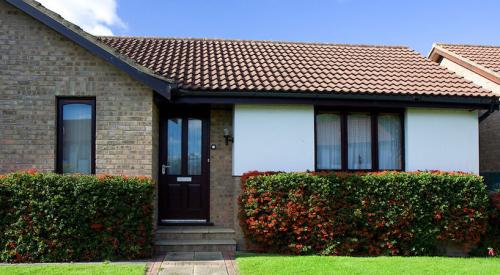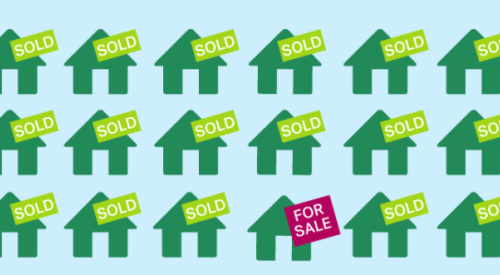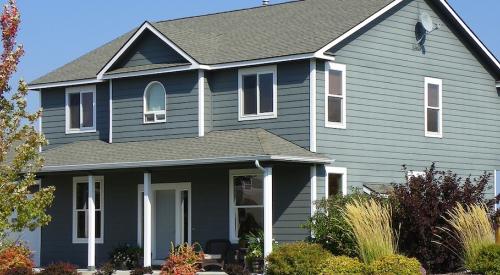While fewer trade-up homes and premium homes were on the market this year, the lack of available starter homes perhaps stung the most.
Citing data from Trulia, Forbes reports that starter home inventory dropped 10.7 percent from 2015. In turn, first-time homebuyers spent 1.7 percent more for a home in 2016, which put many buyers near or over the 36 percent debt-to-income limit imposed by mortgage lenders.
“The low inventory made transactions much harder to accomplish,” Denver agent Matt Vos says. He found that buyers often needed to put intangibles in their offers to get deals done, such as offering to pay with cash, closing quickly, waiving the inspection or appraisal, or including a heartfelt letter.
Starter home inventory decreased the most in Salt Lake City (a 87.9 percent drop from 2012 to 2016), San Antonio (86.2 percent), and Austin, Texas (82.9 percent). Affordability for starter homes was worst in California, as first-time buyers in places such as Los Angeles, San Jose, and Sacramento spent between 23 percent and 29 percent more of their income to buy a home in 2016 than they did in 2012.












